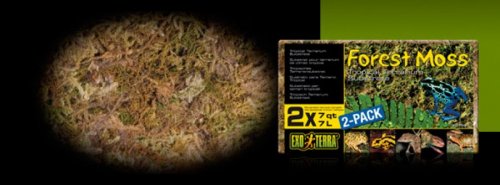newtochams
New Member
Hey there guys.
Thinking of getting my first chameleon next month. A baby veiled. I was just wondering if I could use forest moss substrate. I all ready own it as it is a left over black from my gecko. It holds the humidity really well and is small in size. I haven't had crickets bury in it and I would be cup feeding. Here is a pic.

Thinking of getting my first chameleon next month. A baby veiled. I was just wondering if I could use forest moss substrate. I all ready own it as it is a left over black from my gecko. It holds the humidity really well and is small in size. I haven't had crickets bury in it and I would be cup feeding. Here is a pic.



